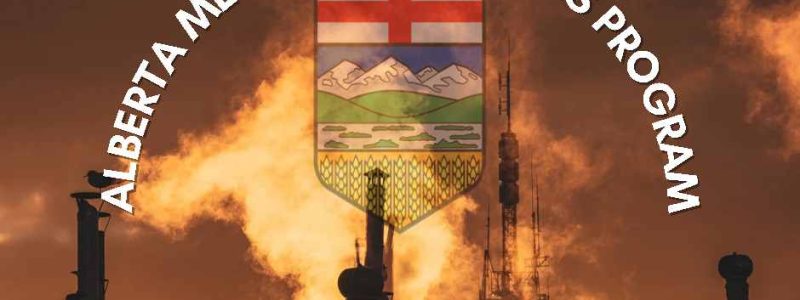The Alberta Methane Emissions Program is a three-year initiative with a total budget of $17.6 million that is financed by the Government of Alberta through the Technology Innovation and Emissions Reduction (TIER) fund. The goal of the program is to encourage reductions in methane emissions.

The goal of the initiative is to enable reductions in methane emissions in the oil and gas industry in Alberta, while also supporting government regulation modifications, decreasing costs to industry, and ensuring best practices related methane detection and management. The Technology Innovation and Emissions Reduction (TIER) Fund of Alberta provides funding for the AMEP program, which is then managed by the Delivery Agent Partnership (DAP), which was founded by Carbon Management Canada (CMC) and the Sundre Petroleum Operators Group (SPOG). AMEP will provide an international showcase for environmental and economic improvements that can be generated by private sector innovation, academic research and development, and proactive policy and regulation. This initiative will be sponsored by Alberta Environment and Parks (AEP), and it will be carried out in collaboration with the Alberta Energy Regulator (AER). AMEP will also receive funding from Alberta Environment and Parks.
The reduction of methane emissions from oil and gas extraction operations in the upstream sector is the primary emphasis of the Alberta Methane Emissions Program (AMEP). Fugitive emissions make up a percentage of total emissions, and a comprehensive understanding of all contributions from this sector will be essential to ensure that industry and its regulators provide the most effective management solutions possible. During the AMEP, it is highly possible that further sources of methane will be located; the information that is uncovered will be used by the AEP to gain a better understanding of the broader array of methane contributors, as well as the strategies available to regulate these emissions.

